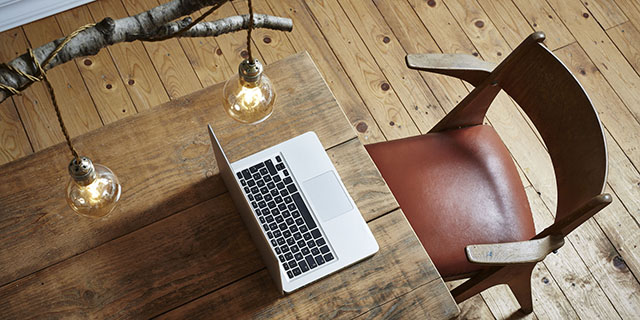
Tenant damage – who pays? Our four points provide clarity
1. Which type of damage is the landlord liable for?
The landlord is liable for «normal wear and tear», such as wallpaper that has gone yellow with age or fitted carpets that have worn down. Such tenant damage is covered by the rent you pay every month.
You are not liable for things like this – neither with your private assets nor via your tenant’s liability insurance.
2. Which types of tenant damage are covered by your personal liability insurance?
Personal liability insurance usually includes tenant’s liability cover. The latter covers sudden tenant damage that happens accidentally, such as when your aftershave slips out of your hand, leaving a crack in the sink.
What is important is that you always report such damage to the landlord immediately. If you take care of the repairs yourself, the damage may not be covered.
Tenant’s liability insurance usually also covers deep scratches in the parquet flooring and sizeable stains on the carpet.
3. Which types of tenant damage are you liable for yourself?
You are usually liable yourself for damage that has occurred gradually and that you have caused yourself, such as walls yellowed by cigarette smoke. By the way, mould usually isn’t covered by the tenant’s liability insurance either if you caused it yourself – for example, by not ventilating enough.
You are also liable for things that you have changed on purpose – for example, if you have installed a cat flap or painted a wall in a different colour. The landlord can demand that you reverse the changes when you move out at your own expense.
Incidentally, it is essential to obtain the written consent of your landlord before making any major changes to your rental property.
Find out more about moving out in our guide to handing over your apartment.
4. Can tenant damage expire?
Everything in the apartment has a certain lifespan. The assumed service life of each object is shown on the equal service life table published by the Mieterverband (the tenants’ association).
For example, a coat of dispersion paint is expected to last eight years. If you have lived in the apartment for two years and the walls hadn’t been painted for three years before you moved in, this means that five years have passed since they were last painted. In this case, you only pay a share of the costs. If the flat was last painted more than eight years ago, in other word’s the service life has been exceeded, you do not have to pay anything – unless a special type of paint is required due to nicotine stains on the walls, for example.
Conclusion
CALCULATE YOUR PREMIUM IN JUST A FEW STEPS
SERVICES
Contact
Downloads
Report a claim
Online insurance
Combined household insurance
Liability insurance


